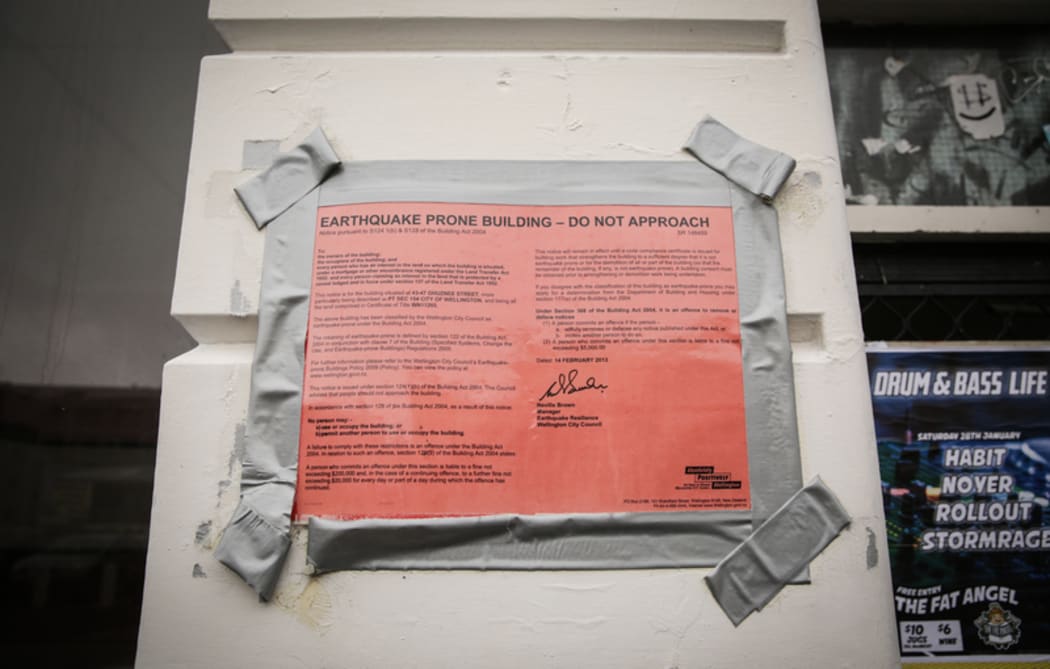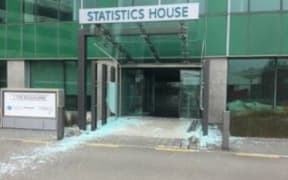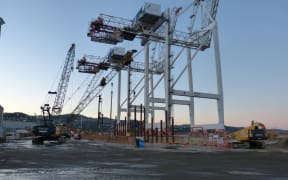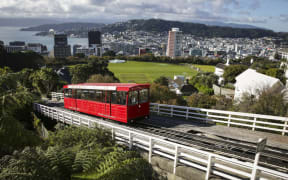An urgent plea has gone out for financial help to strengthen apartment buildings in Wellington to make them earthquake-resilient.

Photo: RNZ / Rebekah Parsons-King
The plea has come from apartment owners who do not have the money and cannot borrow the funds to do the work.
Two representative bodies - Inner City Wellington and the Body Corporate Chairs' Group - have written a special letter to the Building and Construction Minister, the Ministry of Business, Innovation and Employment, Wellington City Council and others.
The letter asked for central and local government to establish a lender of last resort to help pay for earthquake strengthening.
It would be similar to the government's student loans scheme.
The two representative bodies said without such a scheme, buildings could languish unstrengthened for years, bringing financial suffering to apartment owners and doing nothing for public safety.
This was because banks often refused to lend money to pay for earthquake strengthening.
"If there isn't a lender of last resort, there will be significant consequences," said Body Corporate Chairs' Group co-chair Sue Glyde.
"Either, strengthening projects will remain stalled until funding is available, or apartment owners will be faced with the possibility of forcing their neighbours to sell, so the work can be completed."
Ms Glyde said the fund should be available to people with buildings below 34 percent of the current earthquake code who had been ordered to do strengthening, but had no money to pay for the work.
It should also be available for buildings between 34 percent and 67 percent of the code where the body corporate was considering discretionary strengthening.
Inner City Wellington's Geraldine Murphy said this was a problem hitting Wellington now, but it would become more far-reaching and affect owners in other areas of the country.
Ms Murphy said residential owners were not holding out against earthquake strengthening.
"They accept it has to be done for public safety," she said.
"They just don't have the money, they can't get the money and they are afraid of losing their homes and any equity they have achieved."
Ms Murphy said there was an issue of public safety here.
Public money was already available to people after a disaster, through EQC payments.
"But there is nothing to help owners proactively reduce the impacts of earthquakes on public safety," Ms Murphy said.
She said she believed the number of owners needing a lender of last resort facility would be small.
In response to the plea from Inner City Wellington and the Body Corporate Chairs' Group, the government said the primary responsibility for buildings to be made safe rested with owners.
Building and Construction Minister Nick Smith said this applied to whether upgrades were required to address risks from fire, earthquake or general maintenance.
He acknowledged this could be difficult with multiple owners within body corporates but said the government was reviewing the unit title law to enable these issues to be addressed.
Private owners of buildings classified as heritage were also able to get help from the $12 million Heritage Earthquake Upgrade Incentive Programme, Dr Smith said.







